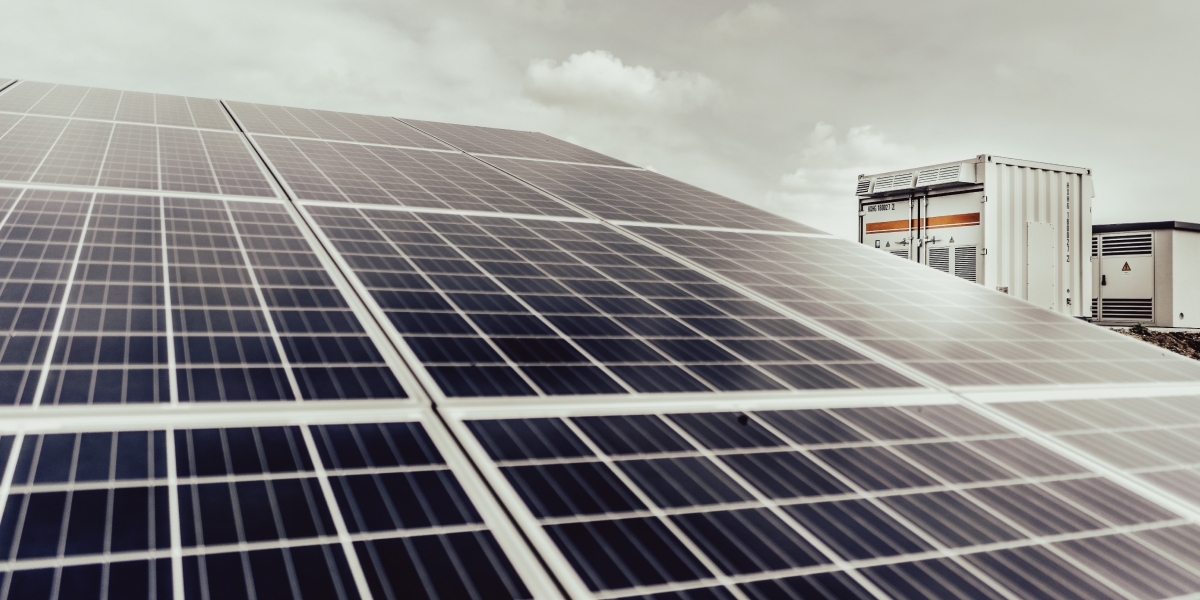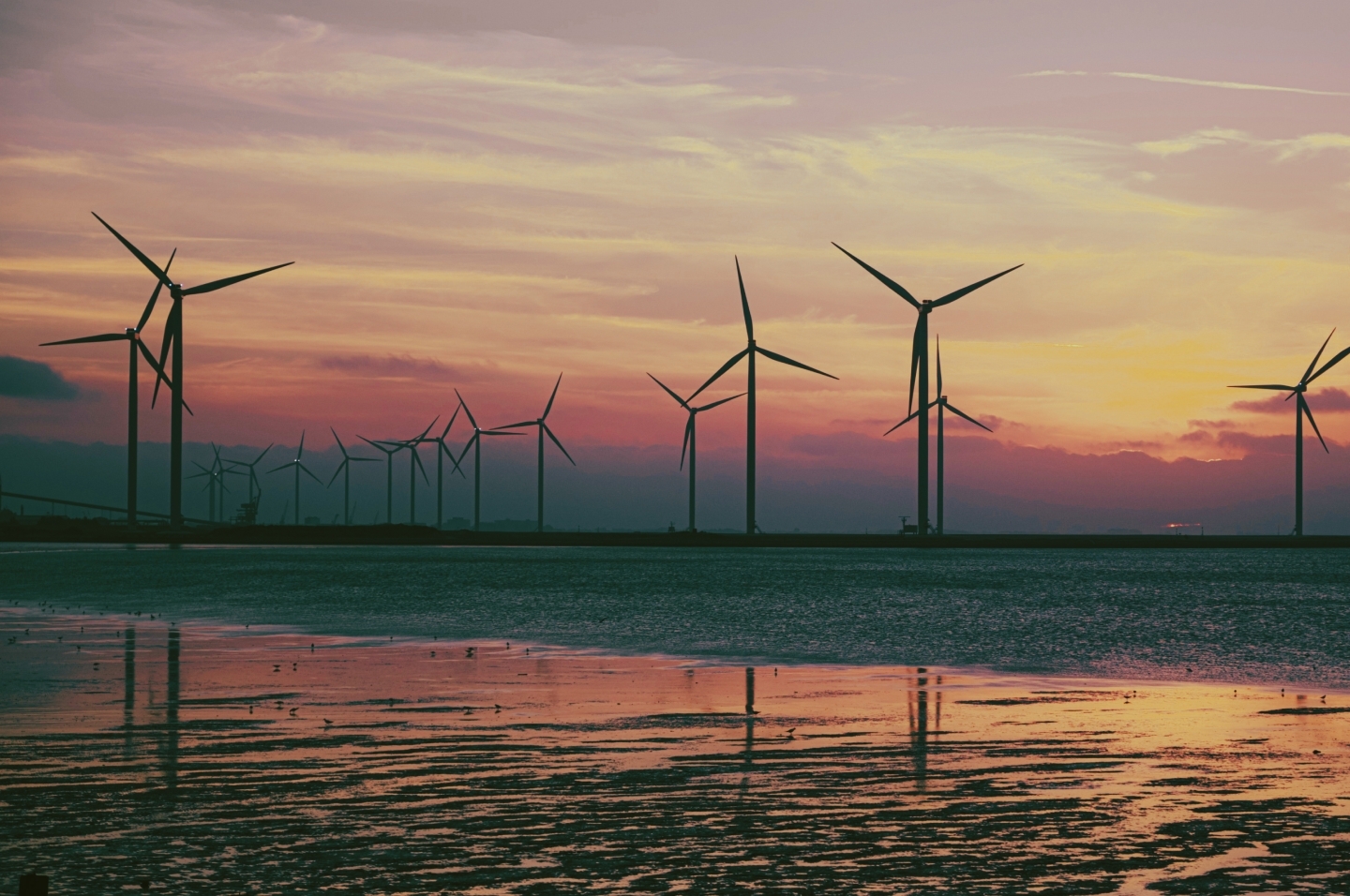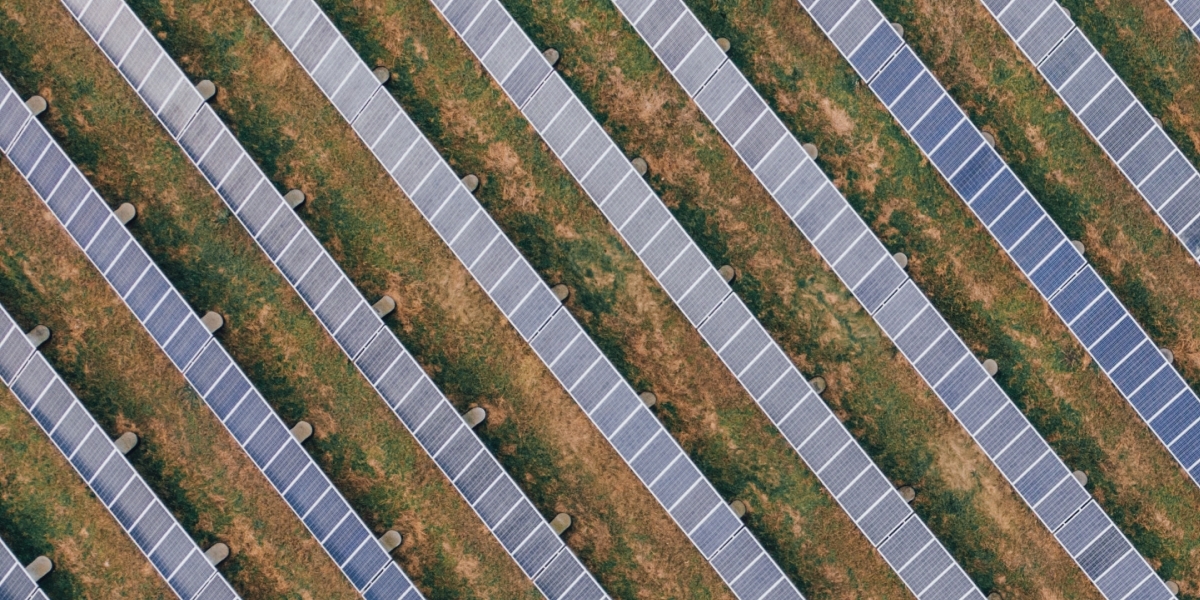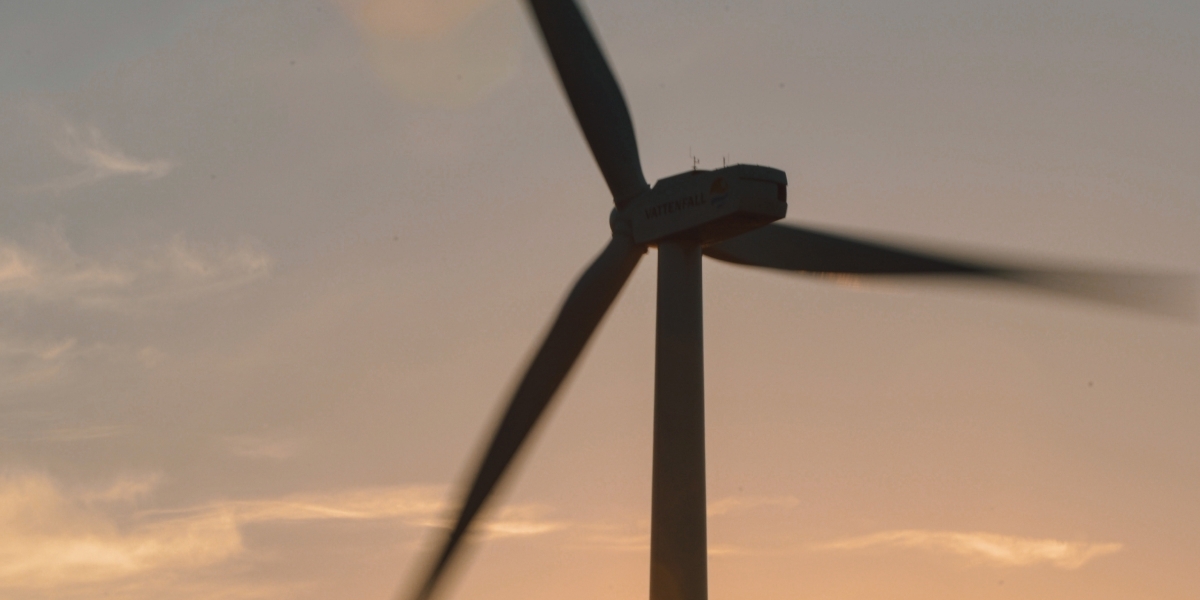
Under the Spotlight AUS: Redflow Limited (RFX)
The technologies for renewable energy are well-known, but truly shifting the grid will also require storage solutions. Redflow is scaling up to find a place in the big battery market.

It’s hard to imagine modern life without reliable electricity; all the devices we go to for help would eventually run out. That’s why those with limited access to energy grids and unreliable or intermittent power supplies usually require backup sources. This is the daily reality for many in remote locations and for essential services like hospitals.
Back in 2005, brothers Chris and Alex Winters identified the potential of flow battery technology to help solve this problem and established Redflow ($RFX). In flow batteries, the electrical energy is stored in dissolved chemical components that flow from one tank to another in liquid form.
The pair worked together to deliver their first zinc-bromine flow battery prototype the same year. The company listed on the ASX in 2010, moving beyond the research and development phase to launch generation 2.5 by 2014.

Charging up
This year the team has developed the world’s smallest commercially available zinc-bromine flow battery, known as ZBM3. It has a unique hibernation mode feature, which allows it to preserve energy for indefinite time periods. They don’t require cooling in temperatures below 45ºC and can be recycled using existing methods.
Redflow has had a busy 2022, also launching Energy Pods structures to hold these batteries. They target the medium to longer duration market of four to 24 hours’ storage and protect their technology through a global IP portfolio.
The Energy Pod is designed to be a protective enclosure to hold 20 ZBM3s batteries, a method that makes scaling convenient. The pods can come with a cloud-based system to allow remote performance monitoring and power controls. The number of pods and management can be customised to meet project needs.
This has been a multi-year project for Redflow. They’ve managed to reduce the number of components by 50% and production time by 40% to significantly cut down overall manufacturing costs. Applications for industry and national safety certifications are underway, alongside negotiations for insurance.

Increasing capacity
Earlier this year, Redflow completed its largest single deployment, for waste recovery company Anaergia’s facility in California, of two MegaWatt hours (MWh). Its success led to interest in a second phase six MWh project for 2023. As the U.S. represents a large market opportunity and the Inflation Reduction Act is set to spur investment in the storage sector, Redflow has established an in-country sales team.
The company is still making its mark in Australia though. It’s currently working on the Bureau of Meteorology’s hybrid power solution with solar power and installing its batteries to support reliability at weather radar locations. In fact, the remote Southern Ocean Lodge on Kangaroo Island will see the first large-scale deployment of ZBM3 as part of its renewable energy system by the end of 2022.
With a focus on product launches, sales opportunities and a large contract, Redflow increased FY22 customer receipts by 67% to $2.6m. They’ve built a stronger financial position in Q1 FY23 by raising $10m in capital and announcing a new $5m research collaboration with the University of Queensland.

On full power
Scaling up production is the next step for the company, as by late August 2022 they had a backlog of 173 batteries. They’re preparing for future growth by ramping up capacity by 30MWh per year at their factory in Thailand and investing in engineering facilities in Brisbane. They’ve also signed a global services agreement with engineering, procurement and construction company Black & Veatch to streamline the delivery of all these orders.
Redflow is operating in an evolving industry, characterised by incremental changes over long testing periods. Neither flow technology nor zinc batteries are new concepts, and with Net Zero deadlines looming, the more options the better. Bloomberg estimates the global capacity of new energy storage installations to grow 15 fold between 2022 and 2030.
Lithium-ion batteries are the most common choice, but come with supply and cost challenges from the rising EV market. For stationary applications, a longer lifetime could also be preferred over lithium’s light weight. The zinc-bromine option doesn’t have the same fire risk either, with more abundant and less expensive inputs. Redflow has entered its best design into the race and aims to capture a slice of a market worth US$262b by 2030.
Only time will tell whether the market will reward the efforts of this small cap.
This does not constitute financial advice nor a recommendation to invest in the securities listed. The information presented is intended to be of a factual nature only. Past performance is not a reliable indicator of future performance. As always, do your own research and consider seeking financial, legal and taxation advice before investing.

